HIStalk Interviews Loran Hauck
Loran Hauck, MD is senior vice president of clinical effectiveness and chief medical officer of Adventist Health System of Winter Park, FL.
Tell me about your Cerner electronic medical records system.
We have our Cerner electronic medical record installed in every single hospital campus that we own. I think that’s 36 campuses. We’re blessed that, as large as we are, we have one common EMR vendor across the entire system.We finished that process in about four years.
Now we’re in the process of rolling out computerized physician order entry. We have five sites live and quite a few to go between now and October 1 of next year.
In terms of your overall corporate strategy for measuring and improving quality of care at the individual hospitals that range from tiny to huge, what efforts are you undertaking to work on that from a corporate level?
Before we started the project, our CEO was real clear that he wanted us to collect data so that we could publish. We sat down with my department, the Office of Clinical Effectiveness, and our clinical IT team and figured out a group of metrics that we could collect prior to CPOE implementation and then collect post-CPOE implementation so that we would have firm data on whether or not we were improving a number of things.
For example, mortality rates, length of stay, cost per case, compliance with national hospital quality measures, hospital-acquired infections, and things like that. We also have the Cerner clinical data repository called PowerInsight across our whole company so that from that clinical data repository, we can do retrospective mining.
It’s our intent to measure the impact of computerized physician order entry on a whole variety of measures — financial, quality, safety — pre- and post-implementation. We only have five sites live and we’re just beginning to do some early looking at that data.
What benefits have you seen so far?
I started to say I haven’t seen any of the financial data, but the point is that I did see a little bit. The difference in overall length of stay and cost in the early, early stages of our first two sites was not particularly eye-popping, but we found some interesting things.
For example, lab turnaround times and radiology turnaround times were dramatically shortened. When I say that, I don’t mean from the time a doctor took a ballpoint pen and wrote an order for a CT scan until the results were available for viewing. I’m talking about the time when a ward clerk or a nurse entered that order for the CT scan into the system and it was completed, dictated, and resulted and appearing in the system versus when a doctor gives a direct, online order. There were fairly striking reductions in lab turnaround times and radiology study turnaround times.
It was something I wouldn’t have predicted. I would have thought once the order was in the system, it wouldn’t make a whole lot of difference. I don’t know if that’s partially the Hawthorne Effect — you know, you’re live with CPOE, everybody knows you’re measuring metrics, so they’re hustling a little bit more.
We plan to look at all of the CMS and Joint Commission National Hospital Quality Measures and see how our scores are improving. We’re just a little too early for me to give you anything concrete there, but early impressions are that it’s going to make a significant difference.
Tell me about the collaboration with the other health systems in your order set work that you’re commercializing through Zynx. How did that come about?
That came about because of an idea from Dr. Jeffrey Rose, VP of informatics at Ascension Health. He’s a good friend of mine. He called me up one day about four years ago and he said, “Hey, Loran, I’ve got an idea. There are three of us that are very large Cerner clients. We’re also Zynx clients. We’re also faith-based health systems and we’re all in markets where we don’t compete with each other. What would you say we tried to form a collaborative and see if we could do several things: build some content in common and share our learnings with each other from what we’ve learned from our CPOE implementations so that we can shorten the learning curve for everybody?”
We got together in Nashville, Tennessee and met in one of the Ascension hospitals for a day and talked about it. At the end of that, we said, “This makes sense. Let’s do it.”
The fourth partner of the transaction was Zynx. We really needed Zynx to help us with some of the projects we wanted to do and accelerate their order set module development.
Did you actually develop the content together and weigh the evidence and make decisions, or did each of you do sections and then merge it together later?
Well, that will take some explaining, so let me just jump right in and explain that.
Believe it or not, it took a while for our respective corporate legal departments to get an agreement in place to create the Care Collaborative. It was an intellectual property agreement.
In the mean time, all three of us were really under a lot of pressure to get content started because we all had aggressive timelines to get CPOE implemented. To some extent, while this thing was in its formative stages, we all took off and started building content independently.
Once the collaborative was legally created, we asked Zynx to create a shared library on their Web site. If we were getting ready to build content for stroke or heart failure or pneumonia, we could go onto the Zynx Web site — we agreed amongst ourselves we would share our content freely between the three of us — and we could look at the Ascension Health order sets for stroke. We could move them over into our corporate library and then edit and modify them. So, one of the things we did was to share content that we had each independently created.
Zynx had very weak content at that point — that was four years ago — in the pediatric arena and it had no content whatsoever in neonatology. In conversation with Zynx, we decided this was something that we would do in a truly collaborative way. We got some neonatologists, neonatal pharmacists, and neonatal respiratory therapists — a variety of disciplines from each of our three health systems. We had about eight or ten neonatologists and the other specialties I mentioned. That group met every two weeks for two hours in an evening for two years. Adventist Health System took on the responsibility of leading out in that.
It was a virtually meeting on the Web. Everybody logged on to a Web conferencing site and you could see the Zynx authoring platform. The neonatologist that led the project from our health system and a neonatal nurse practitioner would create a lot of the draft work. Then the committee would meet and discuss it and they would literally edit it and update it and make changes live during these two-hour work sessions every other week. They created about somewhere in the area of 38-40 neonatal order sets that deal with all the common conditions in neonatology.
Zynx assigned a physician so that the Zynx team knew what our content development timeline was over the two-year period. They were ahead of us. They knew that next month, we’re going to work on neonatal jaundice or neonatal sepsis, so they would be out reviewing the medical literature trying to find the evidence ahead of us. They were finding the evidence and then clinicians from all three health systems were reviewing it and creating the order set content in this parallel process. It really was an amazing, amazing accomplishment.
The neonatologists really bonded. We had several meetings on site. It came together in Orlando, Florida for two days, from 8:00 a.m. until 5:00 p.m. — worked on site to accelerate the process. That was the best example of where we totally, totally collaborated to create brand new content that we, all three, implemented in our CPOE library.
Much of healthcare practice, rightly or wrongly, is localized. Were there areas where you didn’t reach consensus on what the best practices should be? Along those same lines, would other hospitals be able to use what you’ve developed and not find them in need of some changes because of localization or because it doesn’t fit their practice?
Very good question, and here’s the answer.
Not very many people do experiments on neonates, so there’s not a lot of hard … in the medical literature world, we call it ‘randomized double-blind, placebo-controlled trials’ of testing Drug A versus Drug B on a newborn, or Treatment A versus Treatment B.
Some of the work was based on consensus. Consensus meaning in our hospital in our neonatal unit/NICU, we do it this way, we do it this way, and there was some negotiating and back and forth and eventually, the consensus — which is actually the way that many guidelines are developed. Evidence is used wherever it exists. That is pretty firm because if the evidence is solid and it is what it is and it doesn’t matter whether you’re in southern California or Maine — it is.
In the areas where there was an absence of evidence and some of the order set content was created based on consensus, then that would be somewhat left open to local adaptation. If client licensed the Care Collaborative libraries and said, “Wow, I really like this neonatal content, but in our NICU we do this one thing different,” some aspect of the care of a newborn/neonate, it’s very easy to customize the content for a local facility.
To answer that question in terms of a health system, we — Adventist Health System — made the decision right out of the chute that we were not going to create a set of CPOE content for Hospital A or modify it or add new content for Hospitals B and C. As big as we are, by the time we had 37 sites live, we would have thousands and thousands of order sets and no way to keep the content consistent to update it because there would just be so many varieties and so many different flavors of it.
The other two health systems in our Collaborative — Ascension and Catholic Health Care West — came to the same decision. We know one health system that after they had eight sites live, had 3,500 order sets and they had like 60 more sites to go. We just knew that wasn’t going to work. That was one of the beauties of the collaborative.
We met every month and we would talk. We had a working group and an executive group. We would talk about what we were learning, what was working. The experiential knowledge of not only building the content process, but the implementation process we shared with each other — that’s an enormous benefit of the content library, the Collaborative content library, that now exists. It builds off of the experience and the knowledge of three large health systems that are rapidly deploying CPOE.
An order set is a guideline, but not a hard and fast rule. Are you measuring the compliance and adherence to those sets within individual facilities?
Yes. just was talking to our CIO about that two hours ago. We are using our Cerner clinical data repository and the PowerInsight tool. We’re able to measure what percentage of patients the doctor used one of our evidence-based order sets, at least one, in the care of that patient. For our last three sites, we’re averaging about 65%.
Now let me be real clear about what that means. Our goal out of the chute was to build content for 80% of the most common diagnoses and surgical procedures for which patients were coming to our hospitals. We did an analysis of our DRGs and did a cutline of 80% of our total admission volume and said, all right, this is our goal. We’ve got to develop CPOE order sets for this many diagnoses. We never expected to hit 100%. Eighty percent was our a priori, out-of-the-gate goal.
In these last three sites where I’m telling you we’re hitting 65%, the first one of those three went live April 20, so it’s just very preliminary data. By that, I mean physician experience with the content is very early. We’re pretty pleased with the rate of adoption. The goal of the evidence-based order sets is to not just make the physician ordering process electronic, although that has some benefits — drug-drug interaction checking, drug dose checking, drug-allergy, and drug-food interaction checking — but to actually take evidence that not all physicians may be aware of and put it into the order sets, create the orders that would help physicians follow the most recent, best scientific evidence that’s available.
As we increase our percentage of usage of those order sets, our expectation is that all those things that we’ve built, we plan to measure and monitor the things I mentioned — cost of case, length of stay, mortality, quality metrics, safety metrics, financial metrics — that will be able to demonstrate that it does, in fact, make a difference.
It sounds like you subscribe to the model that usually works, which is make it easy for the doctors to do the right thing.
Right, exactly. It’s pre-built. You don’t have to go out and order the imaging studies, laboratory test, drugs, and other things. It’s one-off orders. They’re gathered in an order set and they’re put in a logical sequence.
When there’s important new information … for example, in 2009, the American College of Cardiology put out new guidelines for the treatment of myocardial infarction and there were some pretty substantial changes in those guidelines. We spent a lot of time editing and updating our content to reflect those changes. A couple of the cardiologists that were on our committee said, “Wow, I didn’t know that was now recommended.”
That’s an illustration of busy, practicing clinicians. You just can’t stay abreast of the exploding knowledge base in medicine. This is a way of creating a systematized, regular process with that content. I love your phrase — to make it easy for the doctors to do the right thing. That’s exactly what we believe.
You mentioned your CPOE timeline, which I assume is driven by the HITECH incentives. Is there anything in what you’ve read about the proposed Meaningful Use criteria that is worrisome to you?
Yes. When we read the first draft, the section on quality measures where the draft legislation said that we had to: a) capture the data electronically; b) aggregate the data; and c) submit it electronically, directly to CMS. That list was huge. There were close to 100 quality measures.
Everybody turned to me and my evidence-based medical team and said, “What do you guys think of this?” I said, “Every single one of these is a great measure. They’re all evidence-based. But to create the ability to capture it electronically, aggregate it, and submit it electronically in this incredibly short timeframe is way too fast and way too aggressive.”
Quite a number of national organizations that we belong to felt the same way. We submitted a lot of feedback to Congress through the mechanisms that were provided and said to the secretary of HHS, “We believe these are all great measures and they should all be adopted. This is a great roadmap. You just can’t expect us to go that far, that fast.” That’s an example of just a by-product of CPOE.
As far as HITECH, the ARRA stimulus plan, that we hope gets modified when the final records are released here in the next two to three weeks, because it’s going to be an extraordinary challenge to comply with that in that short of a timeframe.
In your areas of responsibility, what would you say are Adventist’s most important IT corporate projects?
Corporate clinical IT projects?
Anything that you’re interested in that you think is important enough that it gets a lot of corporate exposure.
Obviously the system-wide implementation of the EMR, which we did in breakneck speed. We have one of the largest footprints of Cerner applications of any client in the world. We’ve basically have every Cerner application there is. So to roll out that many and we did it — by the way, since you’re an IT guy or you write about this, you’ll probably appreciate this — we did a big-bang implementation. On a Sunday morning at 6:00 a.m., we turned on the system at a hospital, live house-wide. We did one every month for over three years to get it done. That was an unheard-of accomplishment.
Back to strategies. Deployment of the EMR and creation of the evidence-based content for CPOE — that went on in parallel while we were deploying the base EMR. By the time we had the base EMR live everywhere, we had the content created in the Zynx world and exported it to Cerner PowerPlan and we’re ready to go. Now we’re moving aggressively into that phase so that we can be done by October 1, 2011 for HITECH.
Another thing that we’re looking at is health information exchanges. We own over 1,000 physician practices in Adventist Health System. We’re in the process of installing the NextGen physician office EMR there. We want to connect our physician offices. We’re in the process of co-developing an electronic medical record for long-term care facilities and nursing homes. It is a co-development project with Cerner.
We’re also licensing Cerner’s home health product. If we have our nursing homes, our home health agencies, our doctor’s offices, and our hospitals linked to a health information exchange, then we’ll have a health record that can follow the patient across the continuum. We believe there is enormous opportunity there to streamline the care. The physician has to be in an Accountable Care Organization to avoid duplication and retesting and to improve communication between the hospital and the other venues of care.
Any closing thoughts?
I’d like to speak a little bit more to the collaborative issue. You had asked a question about customization and localization. If a hospital or health system were to license the content of the Care Collaborative, what it really gets then is speed to implementation. For us, given our objective of creating order sets for 80% of the diagnoses across all of our hospitals, including our large quaternary medical center here in Orlando, it took us three and a half years to do that, working feverishly with 12 separate committees working in parallel.
One of the things that someone buying the Care Collaborative content gets is the advantage of all the multidisciplinary input that went into taking the Zynx content and refining it and making it more usable. Number two, this content is live and in use every day in hospitals around the country.
The third thing is that we as a system and our two partners in the Collaborative have made the commitment that we will review our order sets on a regular, systematic, scheduled basis and update them. If someone licensed the Care Collaborative library and then paid the annual access fee, you would have the ability to take advantage of the work of three large health systems. If you’re a 200-300 bed, standalone, not-for-profit community hospital with limited resources, for a relatively modest price, you get access to the intellectual work of three of the largest health systems in the country.







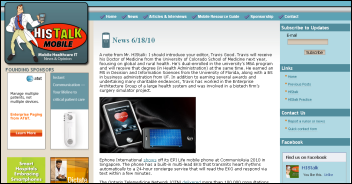


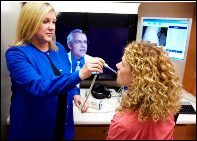
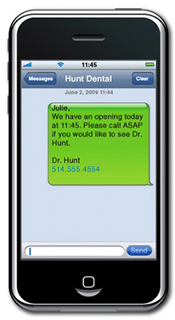
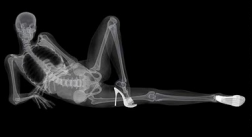



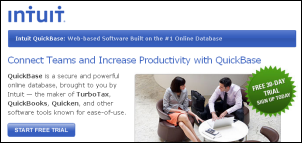
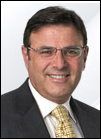
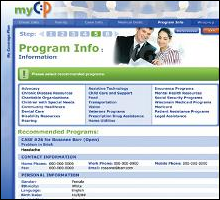





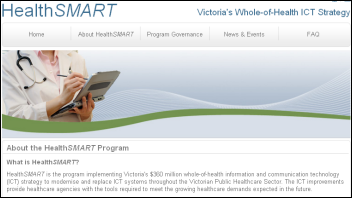
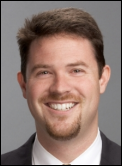



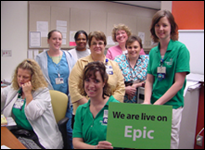




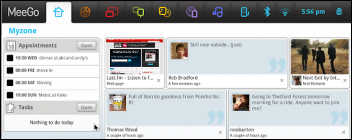






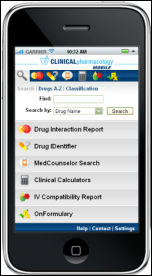

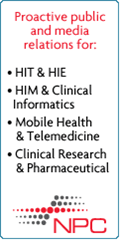





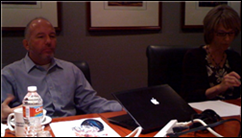





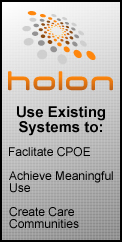



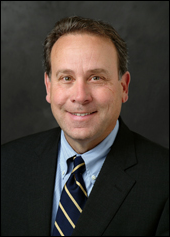



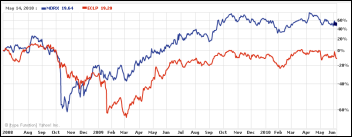








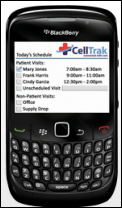
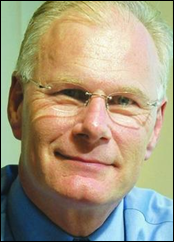

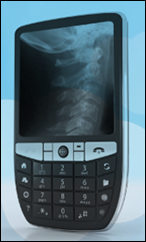
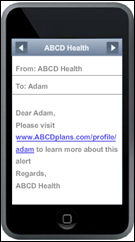



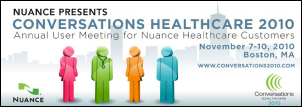




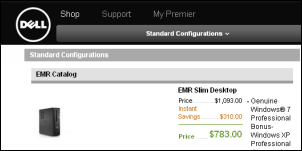
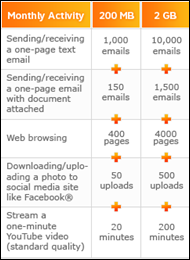





I hear you, and I agree—HIMSS is definitely facing some big challenges right now. The leadership and governance issues you…